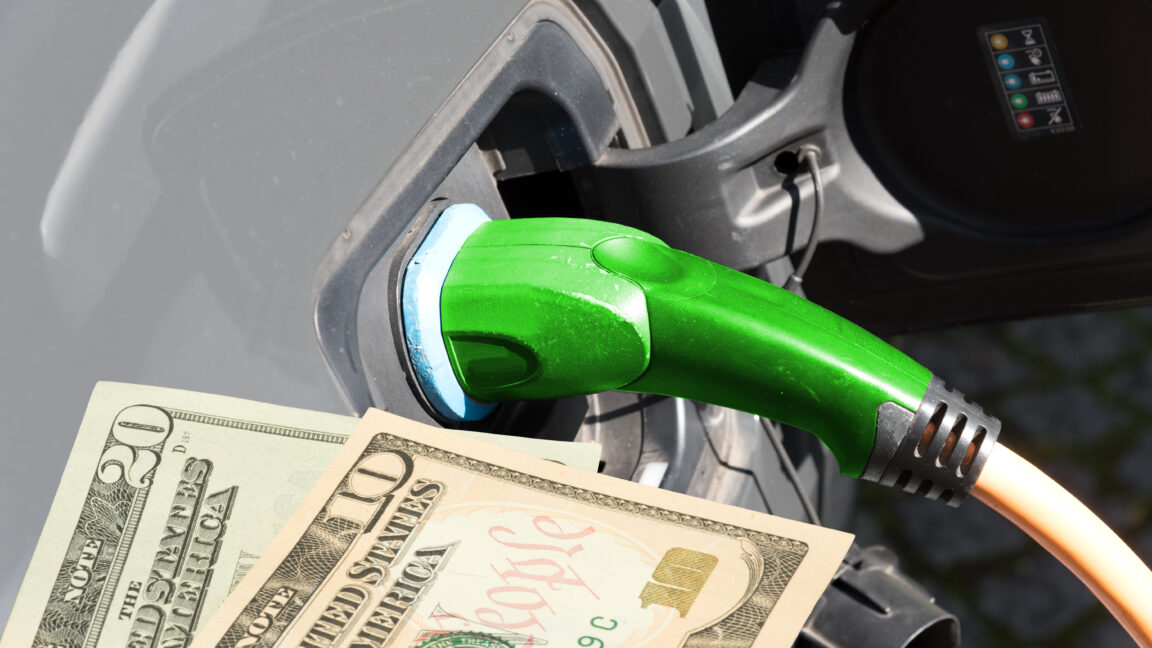From Pharaohs’ Vaults to Digital Wallets: Gold Battles Bitcoin in the Race for Value
For centuries, gold has captivated societies with its rarity and value. Ancient civilizations prized it as both decoration and a symbol of wealth and power. The Egyptians buried their pharaohs with gold artifacts, while empires like the Roman, Persian, and Chinese minted gold coins as currency. Its scarcity and beauty made it highly sought after for adornment and trade.The Gold Standard: A Foundation of StabilityIn the 19th and 20th centuries, the global financial system relied on the gold standard. Currencies were pegged to gold reserves, limiting money printing and supporting monetary stability. The Bretton Woods Agreement later fixed the U.S. dollar—and other currencies—to gold, making it central to the post-war system. By the early 1970s, inflation and the need for flexibility ended direct gold backing. Still, central banks and private holders kept gold as a safeguard during crises and inflation.The Rise of Bitcoin: A Modern "Digital Gold"In 2009, Bitcoin emerged as another form of value storage, created by an enigmatic figure or group known as Satoshi Nakamoto. Unlike traditional currency, Bitcoin operates on a decentralized blockchain—a global ledger maintained by a network of computers. This system is inherently free from government or central bank control, relying instead on cryptographic methods to validate and record transactions.

For centuries, gold has captivated societies with its rarity and value. Ancient civilizations prized it as both decoration and a symbol of wealth and power. The Egyptians buried their pharaohs with gold artifacts, while empires like the Roman, Persian, and Chinese minted gold coins as currency. Its scarcity and beauty made it highly sought after for adornment and trade.
The Gold Standard: A Foundation of Stability
In the 19th and 20th centuries, the global financial system relied on the gold standard. Currencies were pegged to gold reserves, limiting money printing and supporting monetary stability. The Bretton Woods Agreement later fixed the U.S. dollar—and other currencies—to gold, making it central to the post-war system.
By the early 1970s, inflation and the need for flexibility ended direct gold backing. Still, central banks and private holders kept gold as a safeguard during crises and inflation.
The Rise of Bitcoin: A Modern "Digital Gold"
In 2009, Bitcoin emerged as another form of value storage, created by an enigmatic figure or group known as Satoshi Nakamoto. Unlike traditional currency, Bitcoin operates on a decentralized blockchain—a global ledger maintained by a network of computers. This system is inherently free from government or central bank control, relying instead on cryptographic methods to validate and record transactions.
























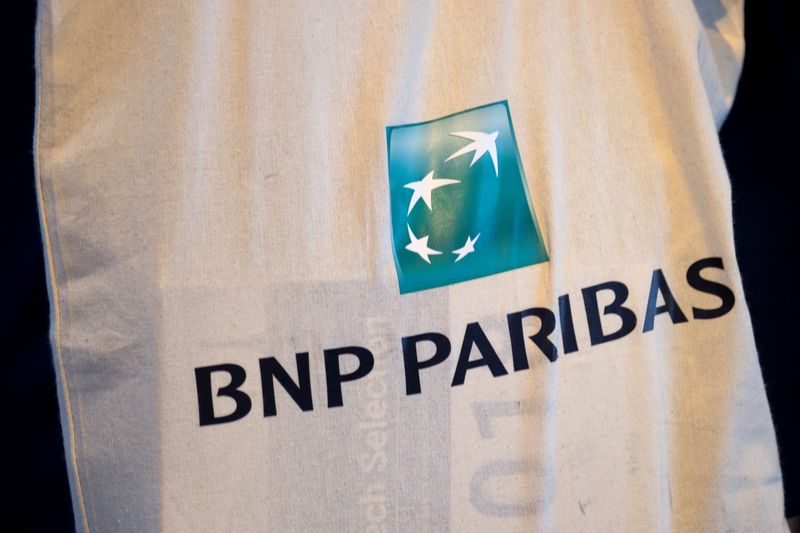
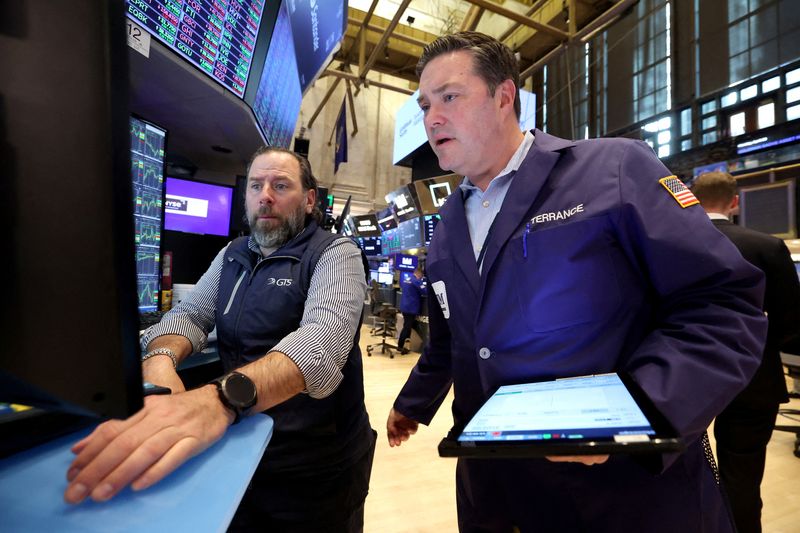






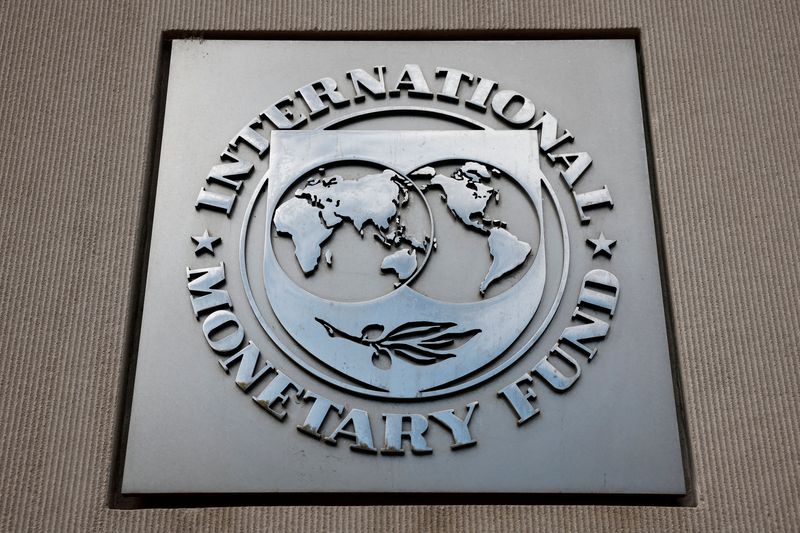









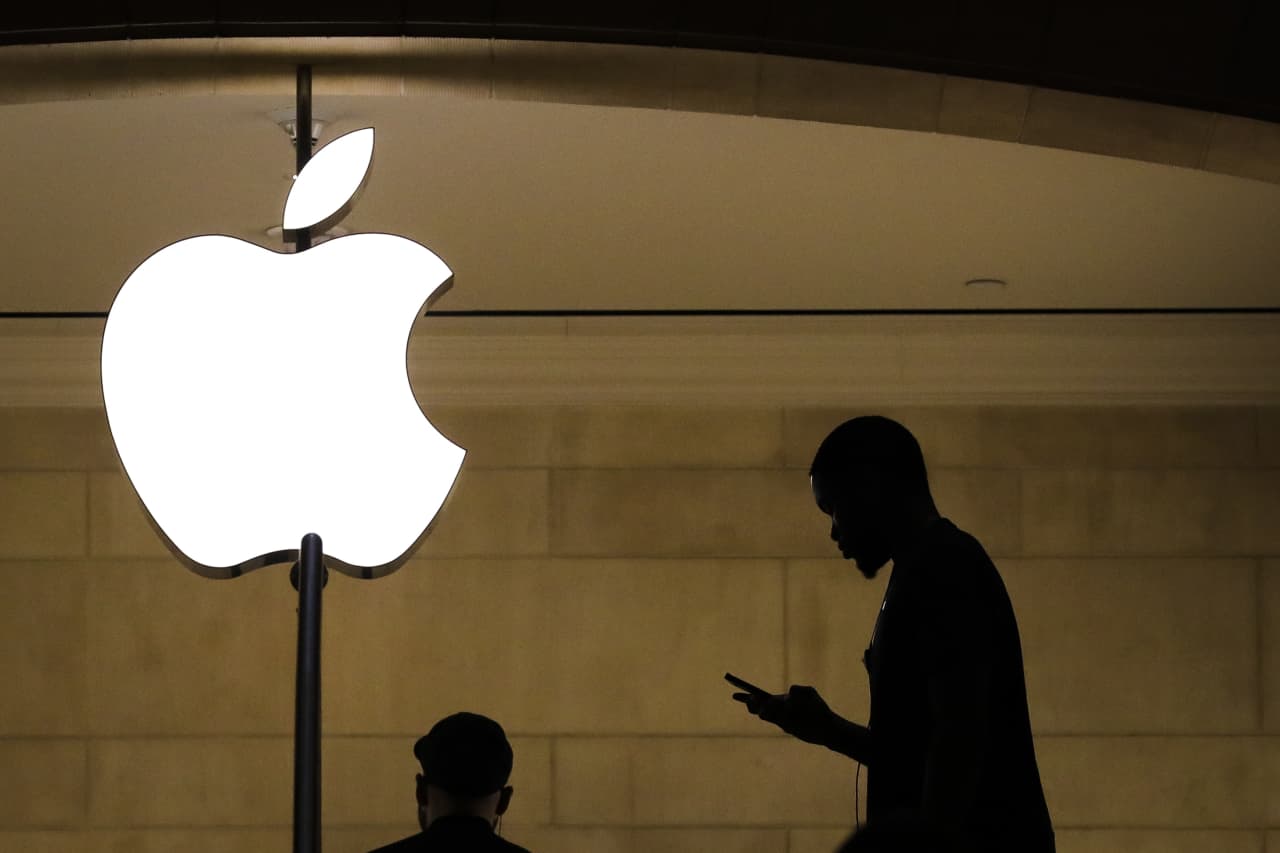

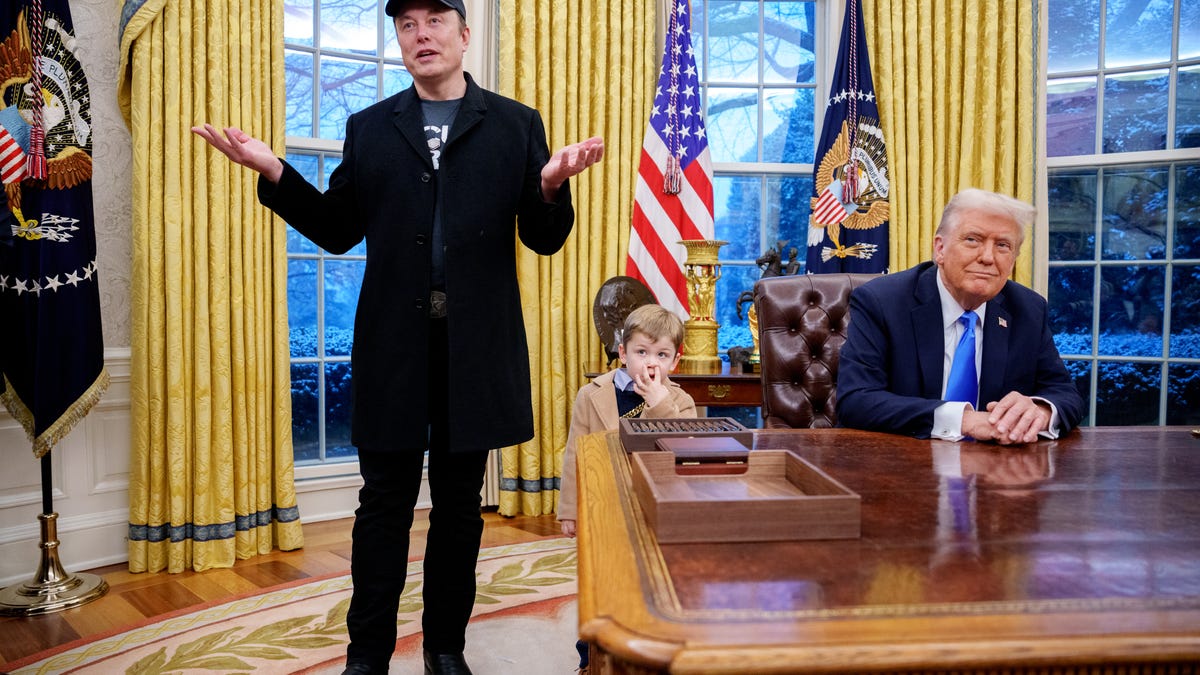








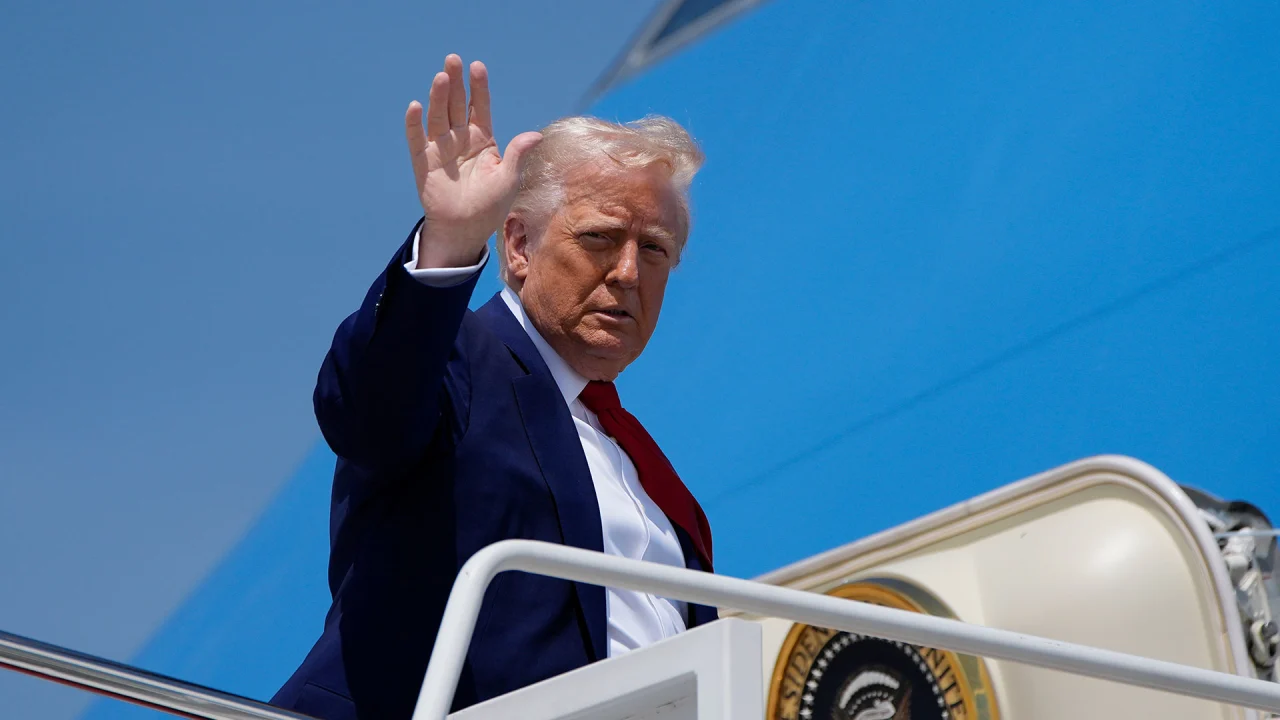


































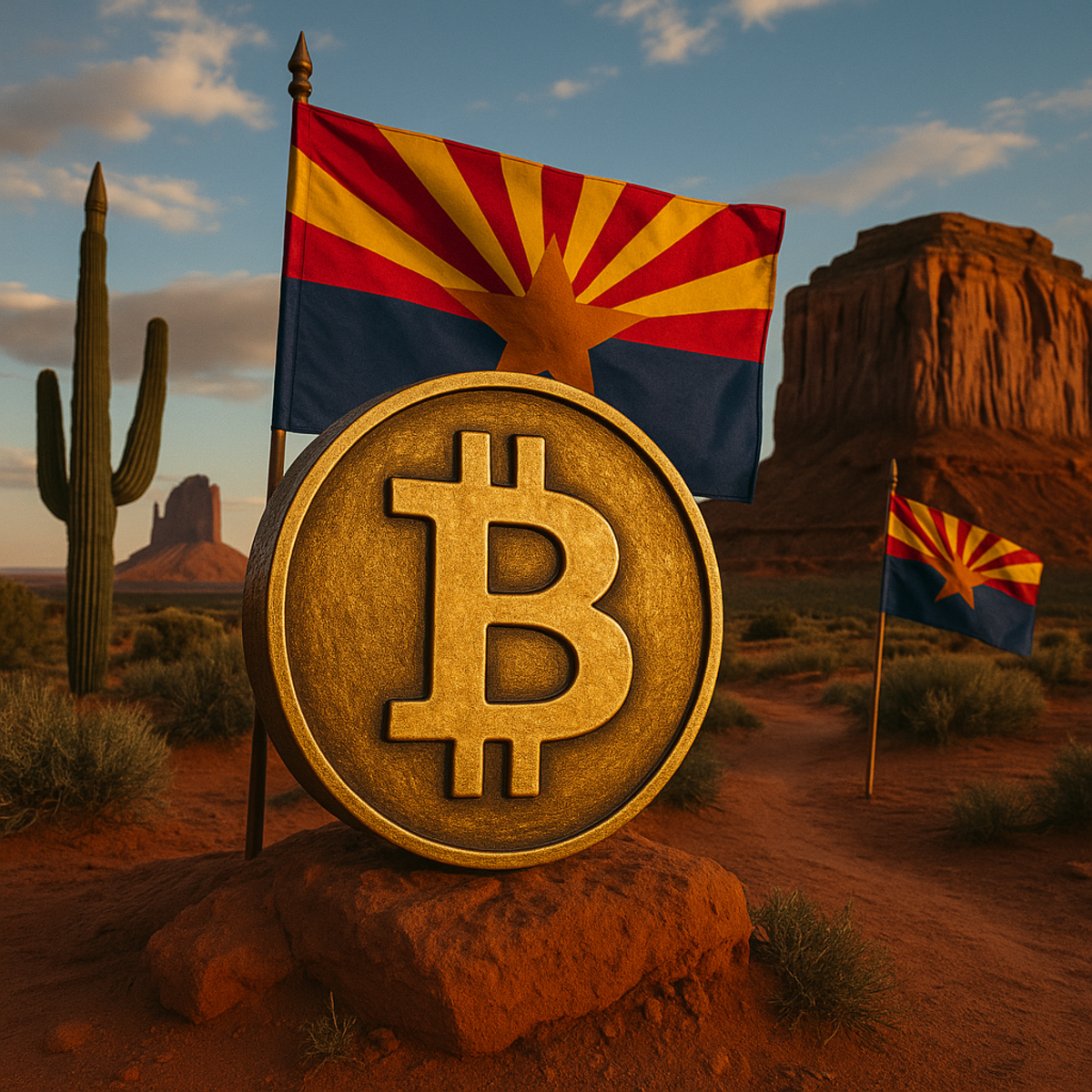













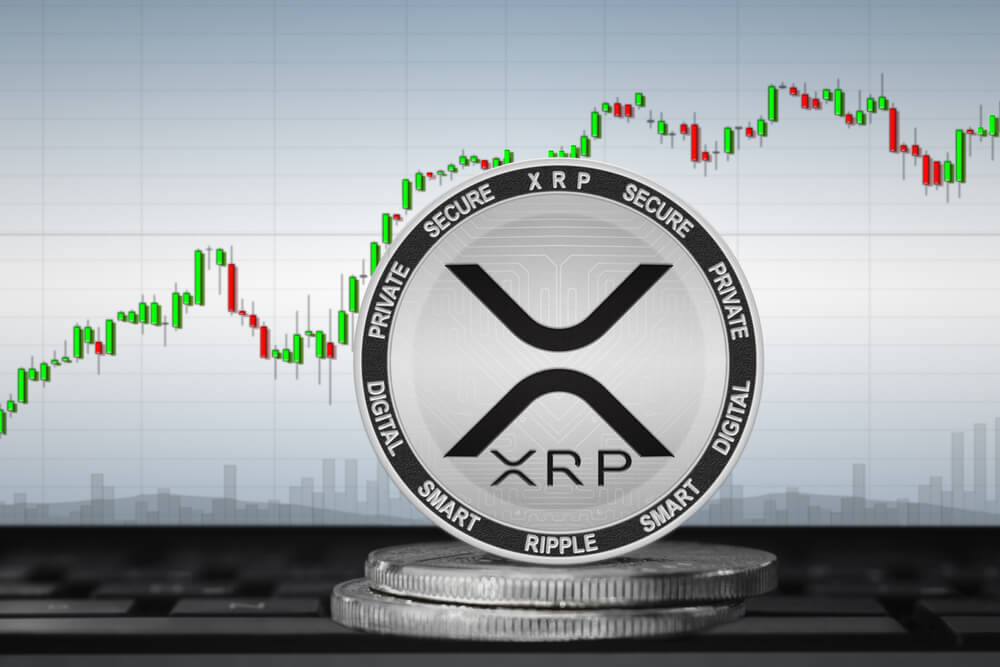





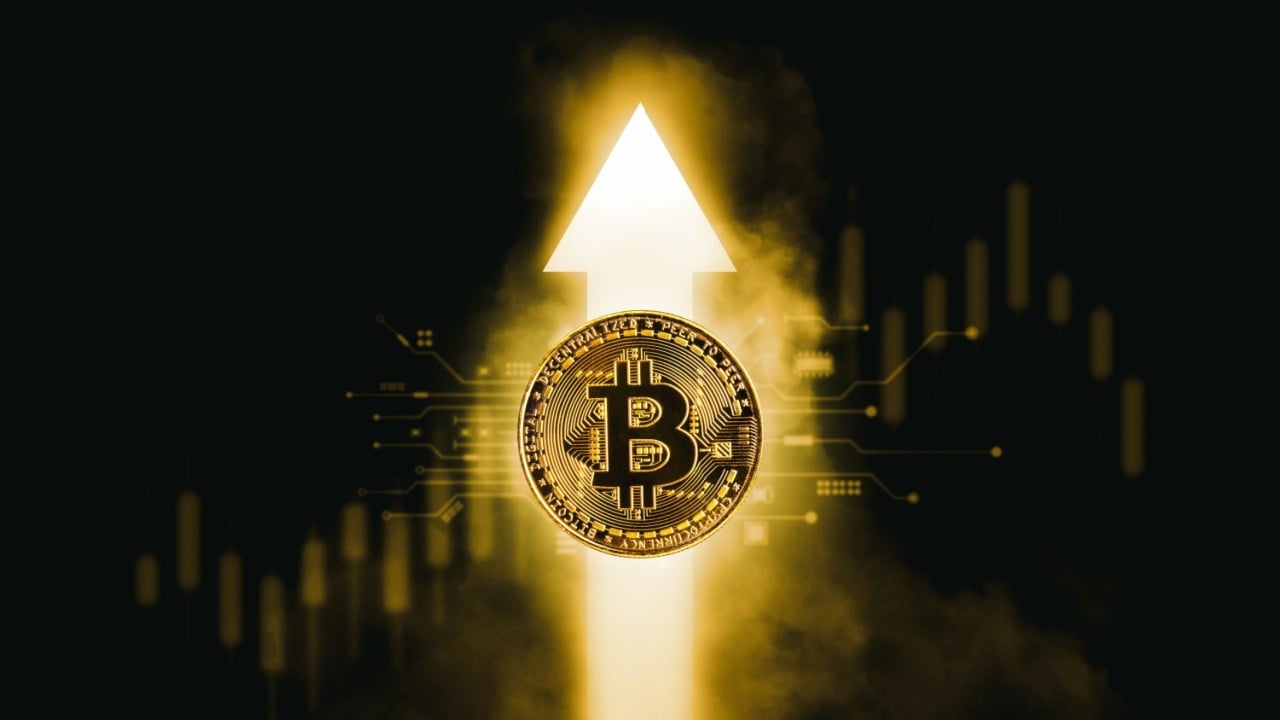
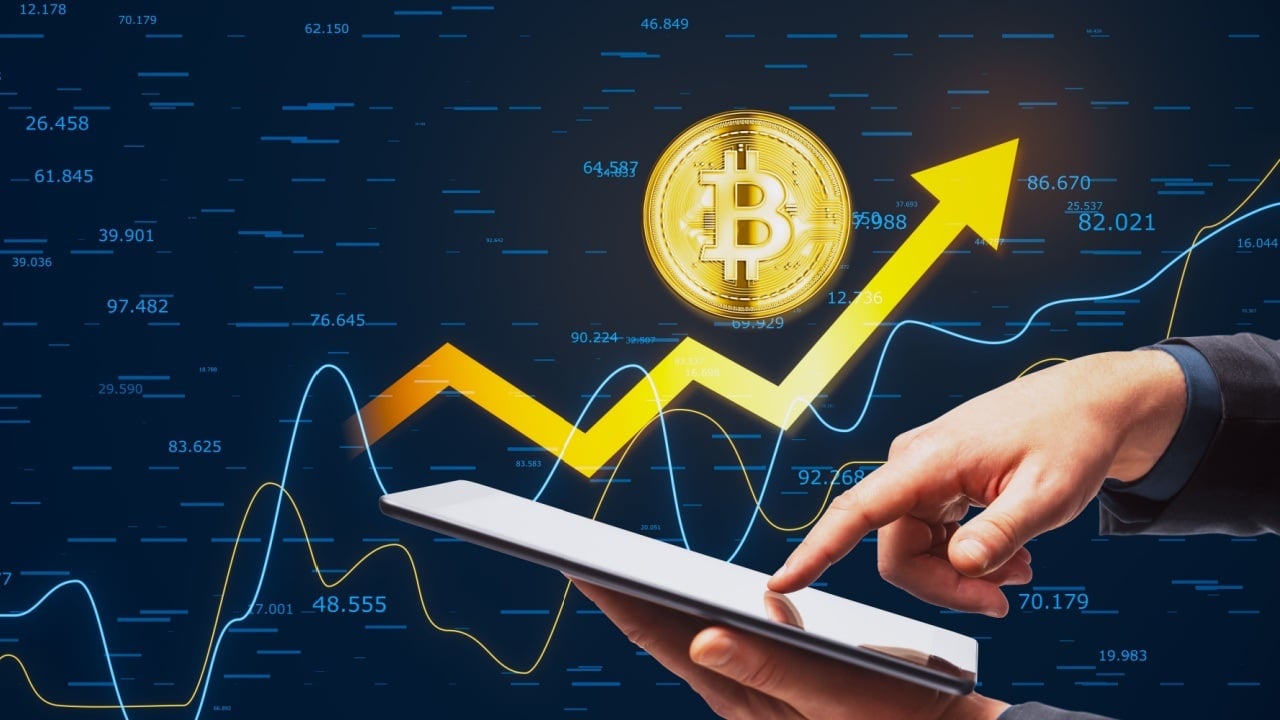
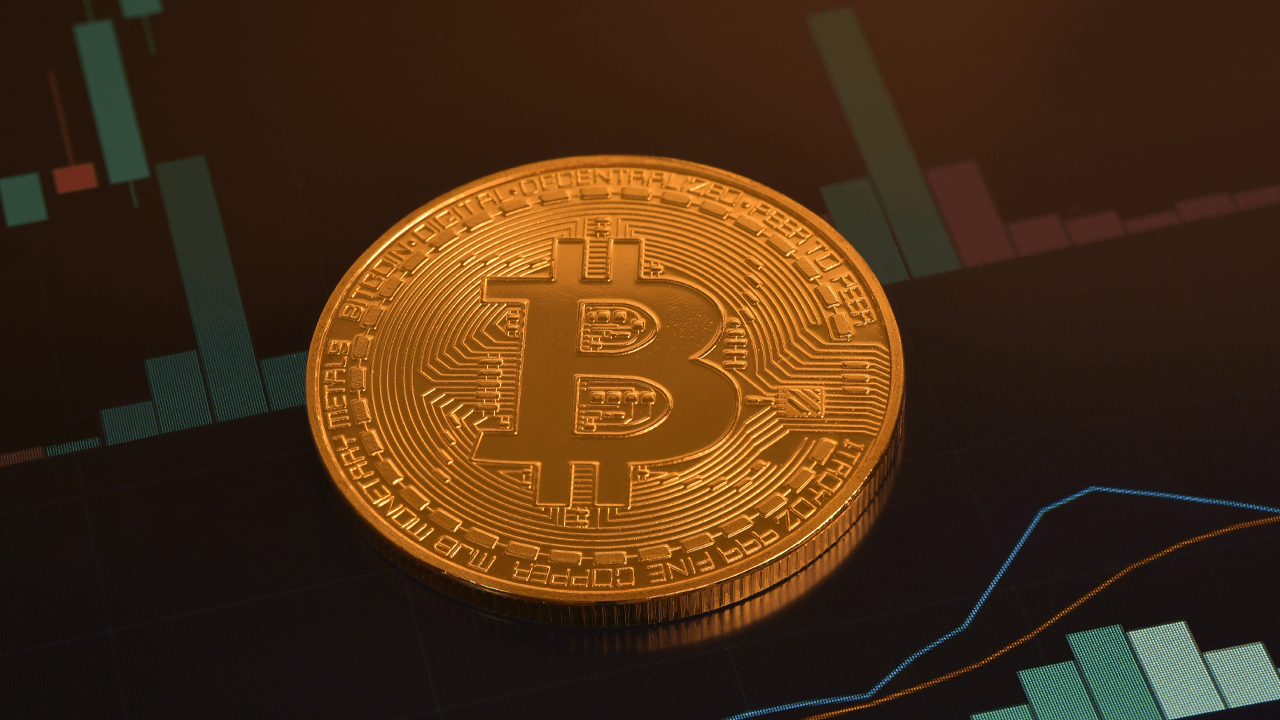



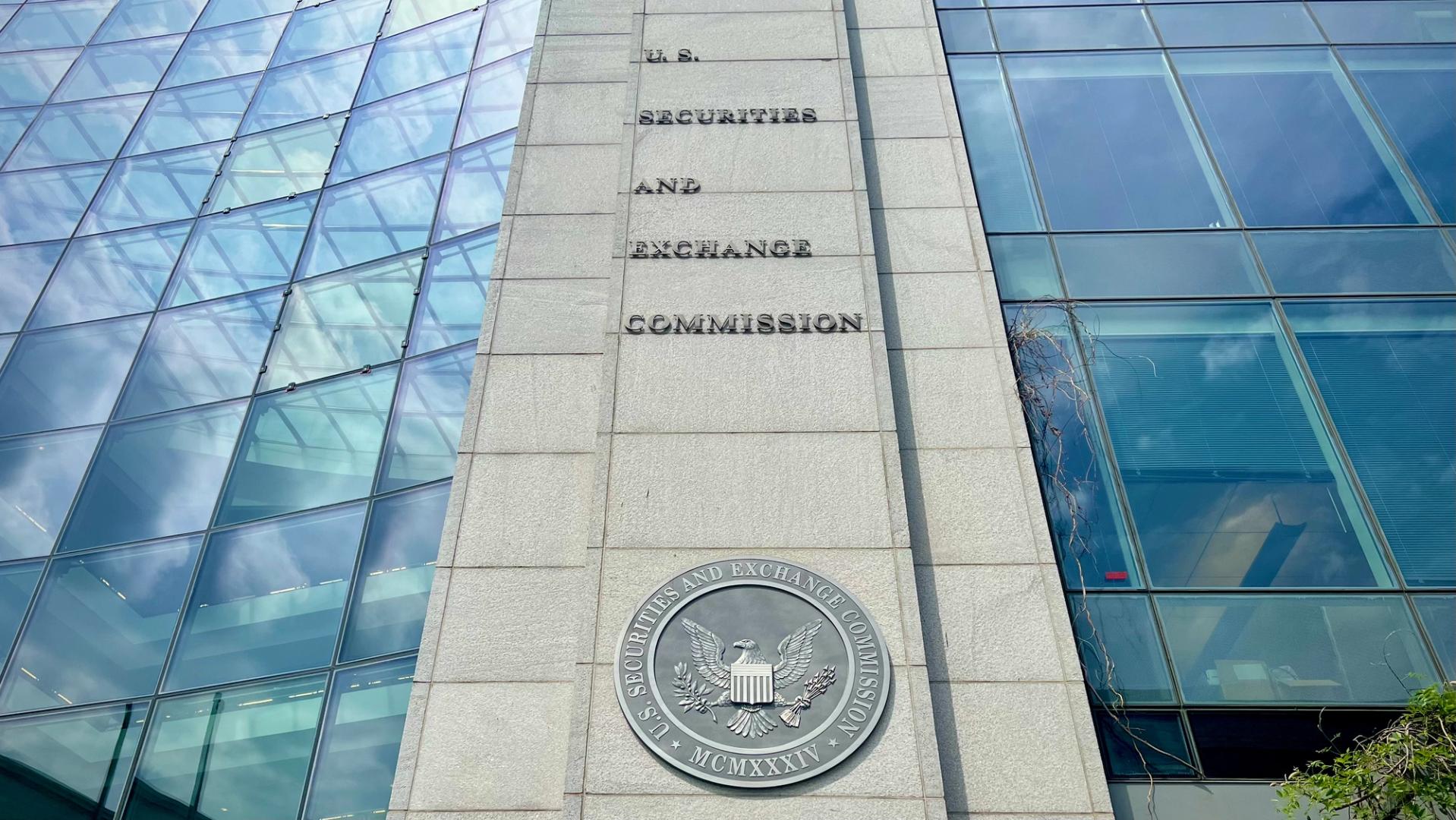
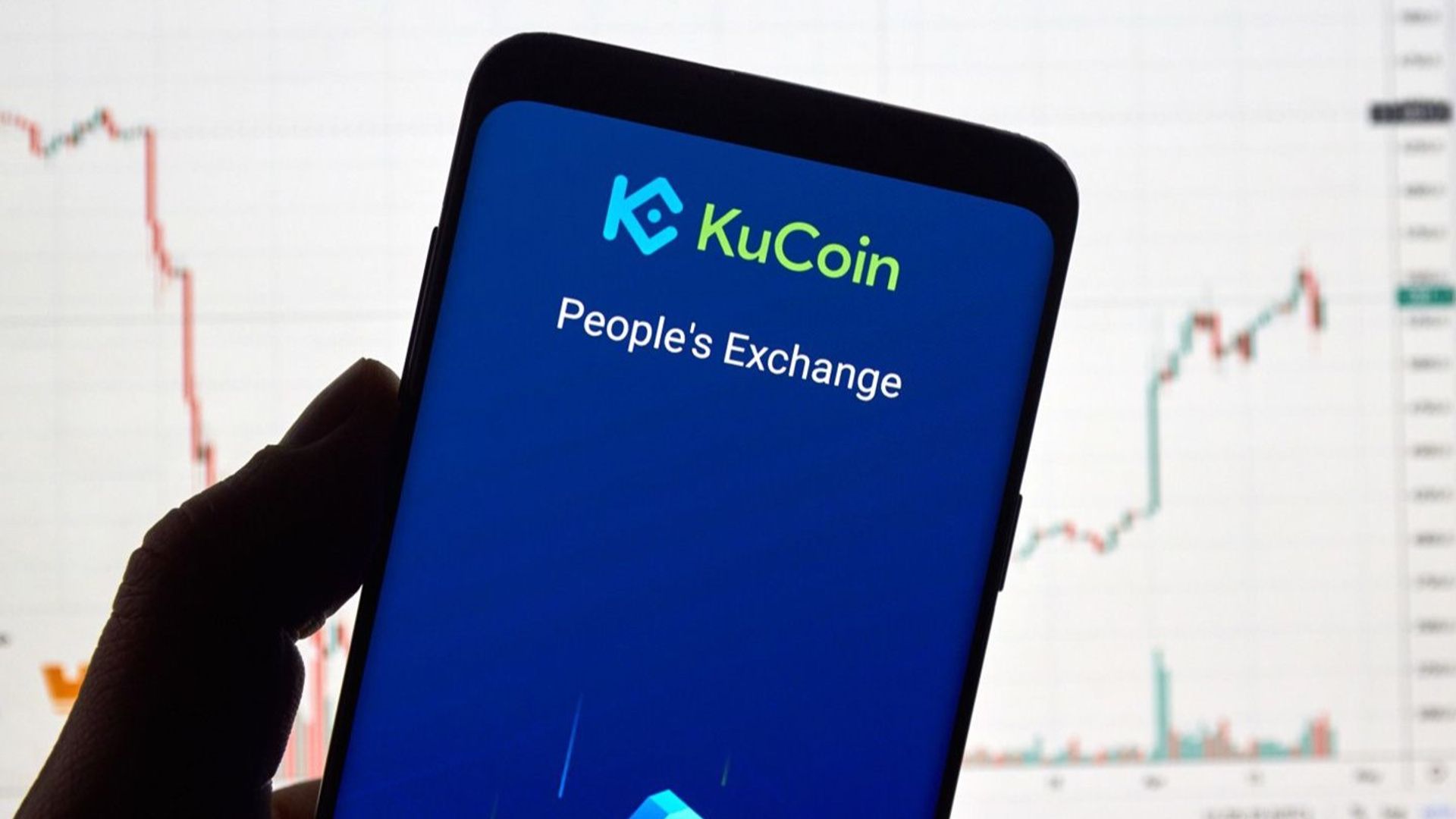

























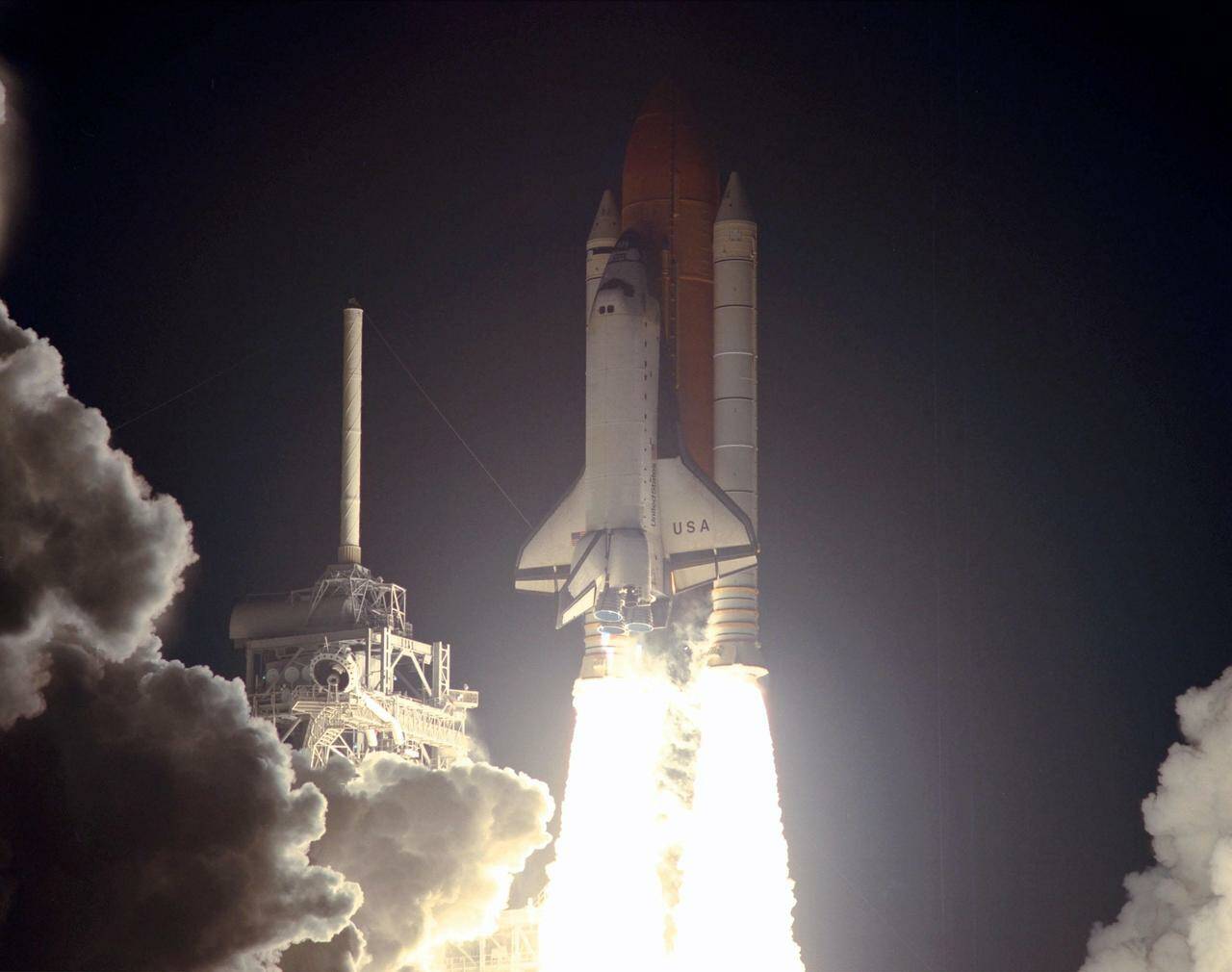





![[Free Webinar] Guide to Securing Your Entire Identity Lifecycle Against AI-Powered Threats](https://blogger.googleusercontent.com/img/b/R29vZ2xl/AVvXsEjqbZf4bsDp6ei3fmQ8swm7GB5XoRrhZSFE7ZNhRLFO49KlmdgpIDCZWMSv7rydpEShIrNb9crnH5p6mFZbURzO5HC9I4RlzJazBBw5aHOTmI38sqiZIWPldRqut4bTgegipjOk5VgktVOwCKF_ncLeBX-pMTO_GMVMfbzZbf8eAj21V04y_NiOaSApGkM/s1600/webinar-play.jpg?#)

































